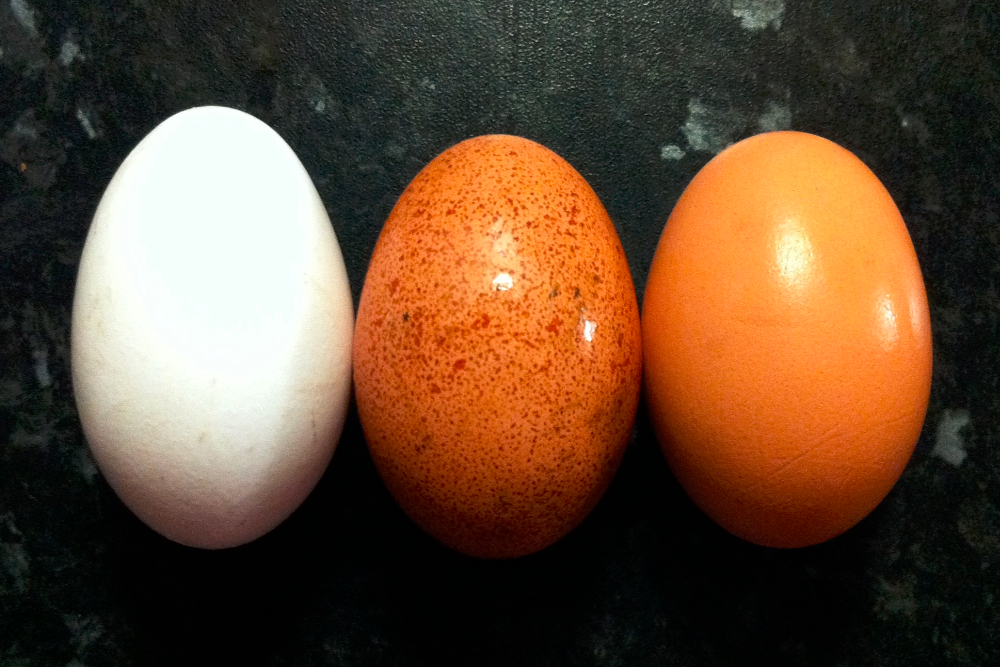
Difference Between Brown and White Eggs
About 70 percent of the eggs produced are sold as is, while the rest have their shells removed for conversion into both liquid and dried egg products, sometimes with just the whites (as the yolks have been touted as causing heart disease).
November 26, 2016 | Source: Mercola | by Dr. Joseph Mercola
Egg production in the U.S. is pretty impressive: 50 billion eggs per year, but unfortunately that large number is achieved through the use of industrial agriculture, namely concentrated animal feeding operations (CAFOs).
About 70 percent of the eggs produced are sold as is, while the rest have their shells removed for conversion into both liquid and dried egg products, sometimes with just the whites (as the yolks have been touted as causing heart disease).
Iowa, Ohio, Pennsylvania, Indiana and California are the biggest producers, and the U.S. is the largest egg-producing country in the world.
Some people say brown eggs are better for you because they contain more nutrients. Others are convinced they're better for cooking fluffy things like quiches, while white eggs are better for baking cakes. Then there are those who believe just the opposite.
What's the real difference between brown eggs and white eggs? One expert says that there's no difference on the inside, nutrition-wise, whether the egg is brown or white (although the way the chickens are raised can change that).
Other Factors in Regard to Brown Versus White Eggs
Thickness of the shells is another visually related factor. Some shells are thick and protective and others are thinner.
Some scientists say that whether the egg is brown or white, the thickness is relatively the same and differences have more to do with the age of the chicken. Young chickens typically lay eggs with harder, thicker shells while the older set lay thinner-shelled eggs.
Here's one you probably didn't guess: Chickens that lay white eggs are generally white or light-colored, but the kicker is that they also have white earlobes. Brown eggs are most often laid by red-, brown- or otherwise dark-feathered hens, this time having red earlobes.
